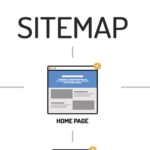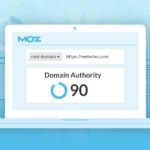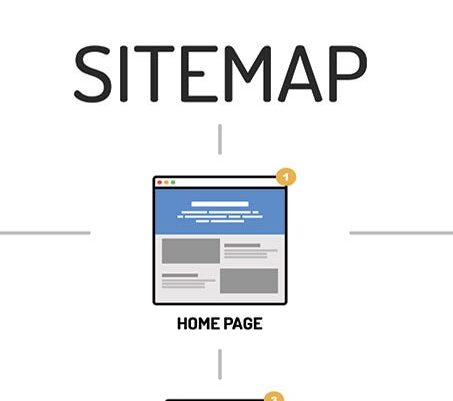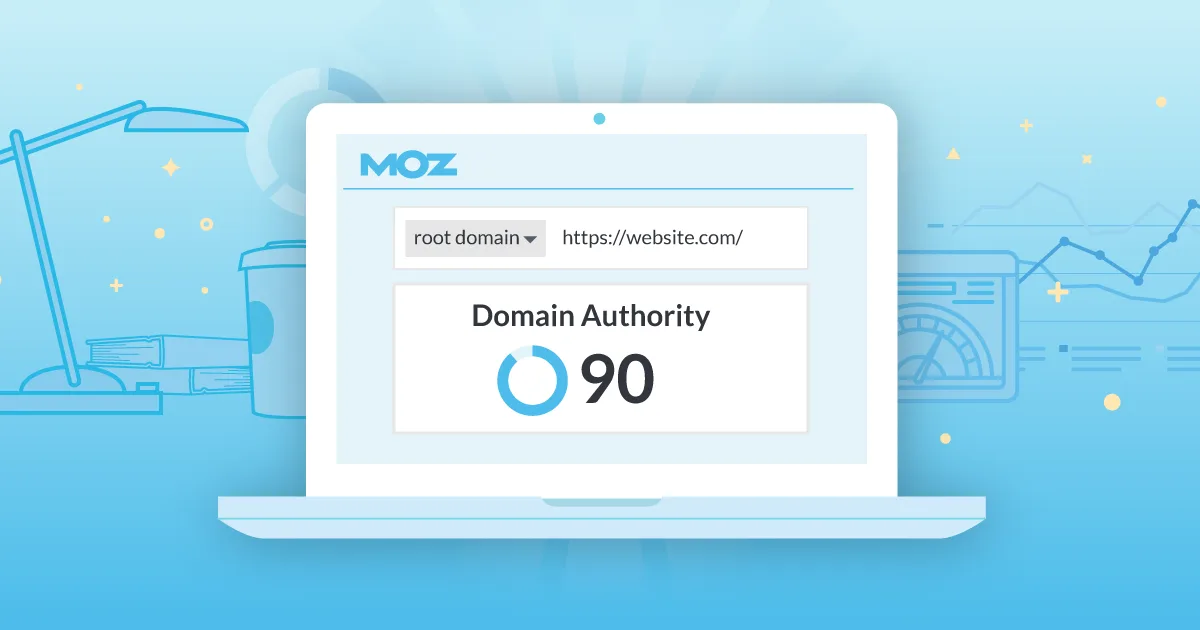How to a Submit Website on Google Search Console
If you’ve just launched your first website, one of your most pressing concerns is how to submit it to Google. There are many steps to take, including adding your sitemap and Indexing request, but this article will help you with the latter two. In this article, we will also discuss how to verify the ownership of your website. Once you’ve done these steps, you’re ready to submit your website to Google.
SITEMAP
You can check the status of your Sitemap submission in the Google search console. You can see the type of Sitemap, last crawled date, and number of URLs discovered. If there is an error, you can edit or delete your sitemap. Google processes sitemaps on a daily basis, and yours may take up to three days to appear on the search results page. Once you’ve submitted your Sitemap, it’s time to check its index coverage.
To create a sitemap for your site, you should include the protocol and the “www” subdomain. The URL structure of your sitemap should match your actual pages. The sitemap should be uploaded to the root directory of your site, as it affects all descendants of that directory. When submitting your sitemap, you should also include a sitemap index file, which lists the individual sitemaps. You can submit multiple index files, or all of them at once.
If you don’t have a sitemap or the URL is broken, you can use a website crawler to check the URL. Google’s crawlers will crawl your site to find any broken links. 404 errors will also be reported on this page. The Googlebot will take several days to index your site, so submitting your sitemap is important if your website is having problems with broken links. In addition to checking the status of your sitemap, it will also let you know if there are other issues that require an update.
If you’re using Squarespace, be sure to make sure your sitemap is set to public. Otherwise, it won’t load on Google unless your site is set to public. To ensure that Google indexes all of your important content, you need to set up your sitemap in the Google Search Console. After you’ve set up the sitemap, monitor your website regularly for errors. This will help ensure that Google indexes important pages and keeps track of any new content on your site.
If you’re using Squarespace, you can set up redirect rules so that only the pages you want to be indexed by the search engines are included in the sitemap. If there are pages on your website that are not important, you can exclude them from the sitemap. A good example of this would be thank-you pages, which are transactional and only relevant to visitors who completed a specific action on your site.
In addition to sitemap submission, make sure to update your meta description and keywords. Google will not index duplicate content or pages that have no relevance to your content. This means that you must constantly update and refine your meta-tags to ensure your site’s presence is as prominent as possible on search results. Lastly, don’t forget to make sure to include your sitemap’s URLs. You can manually submit them through the Search Console or use a CMS.
INDEXING REQUEST
If your site is experiencing indexing issues, you may wish to resubmit your site for indexing. However, you must check the URL coverage report to determine if the issue is caused by the indexing process itself or by a server error. If you see a high number of errors, you need to correct the issue as soon as possible. Then, you should check the sitemap to ensure it contains only the URLs you want to be indexed.
If your site is having issues getting indexed, you should consider submitting it again using the URL INSPECTION TOOL. This tool will allow you to resubmit the entire website or a specific page. This will help Google crawl the website and index it. The indexing request can take up to 24 hours. It is also worth noting that submitting a site to Google can result in a high number of errors, including 404 errors.
To submit your website to Google, you must register with their search console and set up an account. Then, you must add your sitemap to Google. After you have done that, you can submit your sitemap. Remember that Google updates its indexing console every two to three days. You can also use Fetch as Google to submit your sitemap to Google. If your website is live, you can find out which pages are already indexed.
If you are trying to submit specific pages, the process is quite simple. Just type in the URL to the Search Console and click “Inspect Any URL in….” Google will analyze the page in real time. Once the results are returned, click on the Request Indexing link to submit your site. It will take several seconds to two minutes for Google to index your website. There are also many tools available to help you optimize your website for search engines.
While the new version of the search console has many benefits, there are some disadvantages as well. For one, you cannot use the old version of it. It is recommended to use the new version of Google search console. It is recommended to use a new version if your website was last updated. The old version may have fewer benefits, but you can still use it to expedite the indexing process.
If you receive an error message when Google crawls your website, it means that it was not indexed when Google crawled your site. If the page is no longer visible, you can try to access the site by using a test live URL and see if it loads properly. If it doesn’t, you should try to request indexing again. The process will be quicker and easier if you follow these tips.
VERIFYING WEBSITE OWNERSHIP
When submitting your website to Google, you should check to make sure that it belongs to you. This can be done with an HTML tag, or you can use Google Analytics to verify that your website is yours. To do this, go to the backend of your website and add the HTML tag. Then, click the verify ownership link. In some cases, you may also need to add the meta description tag.
The Google search console allows you to verify who owns your website. If you are not sure, you can use the notification feature to let Google know you are the owner of the site. This way, you can mitigate any ownership issues that may occur. However, you should note that this feature is only available for website owners with an account with Google. Hence, it is recommended that only legitimate owners submit their websites to Google.
If you do not have a Google account, you must register a Google Search Console account to use the tools provided by Google. Once you have registered, you can access other Google tools such as Analytics and AdSense. These tools will allow you to monitor your website’s performance and gain insight into how to improve it. You can also use the Google Search Console help center to check if your site is legitimate or not.
When submitting your website on Google search console, you must verify your domain name. Verifying the domain name is important because people will use it to access your website. You should verify it in the Google search console to ensure that Google knows where it is and how to improve it. If you don’t, you may experience problems with your search rankings. You must check your website to ensure that all the details on it are accurate.
If you have the time and patience, you can use the Google Search Console to manage your website. The free tool can help you monitor search results, track your website’s content performance, and even analyze searcher behavior. Using the Google Search Console is essential for any business owner, and this tool is no exception. It will help you understand searcher behavior, understand how content performs, and learn how to optimize your website.










